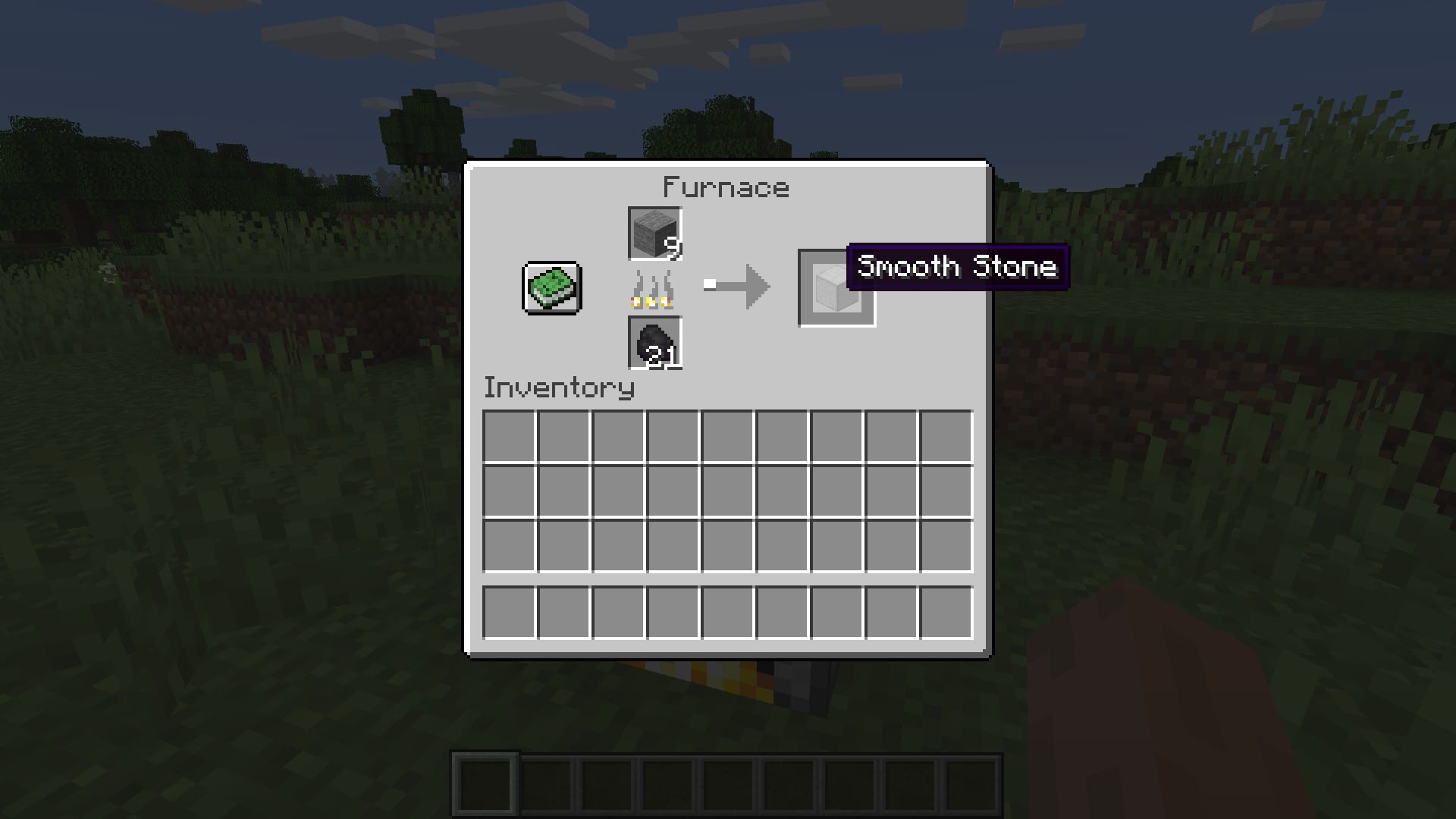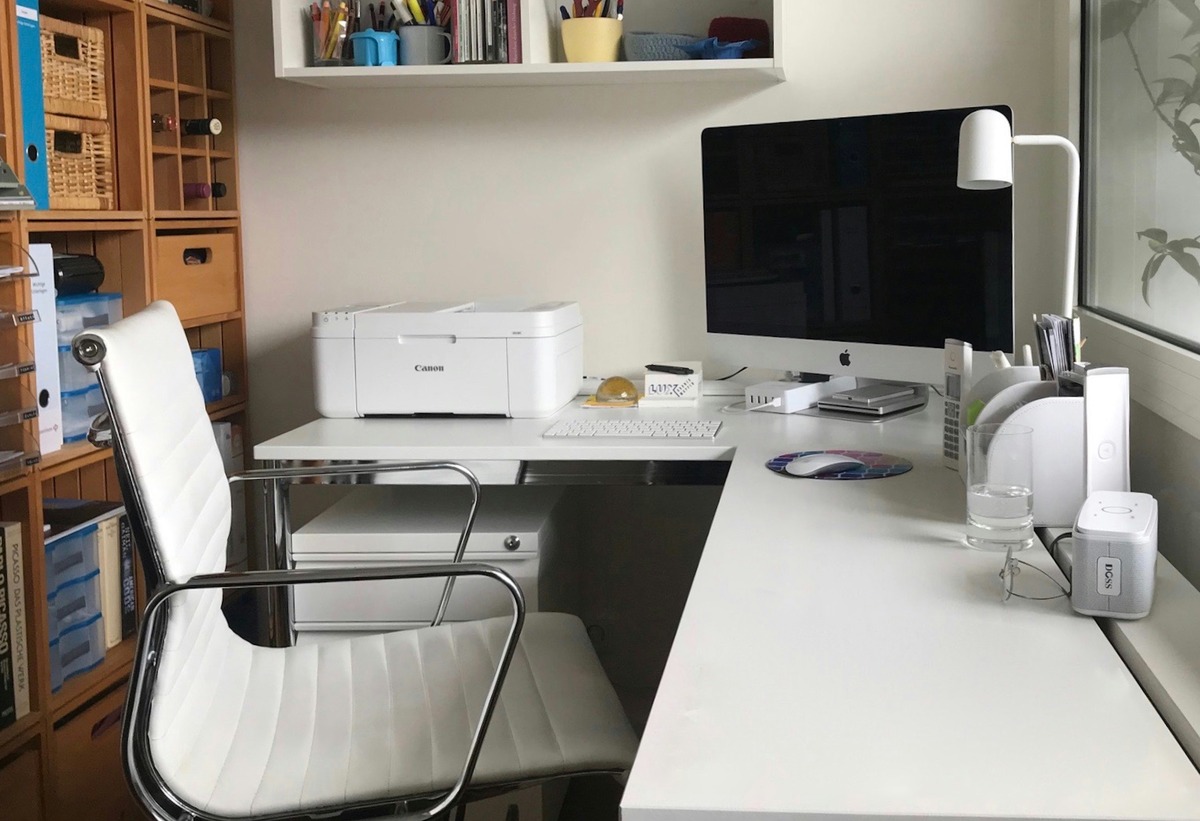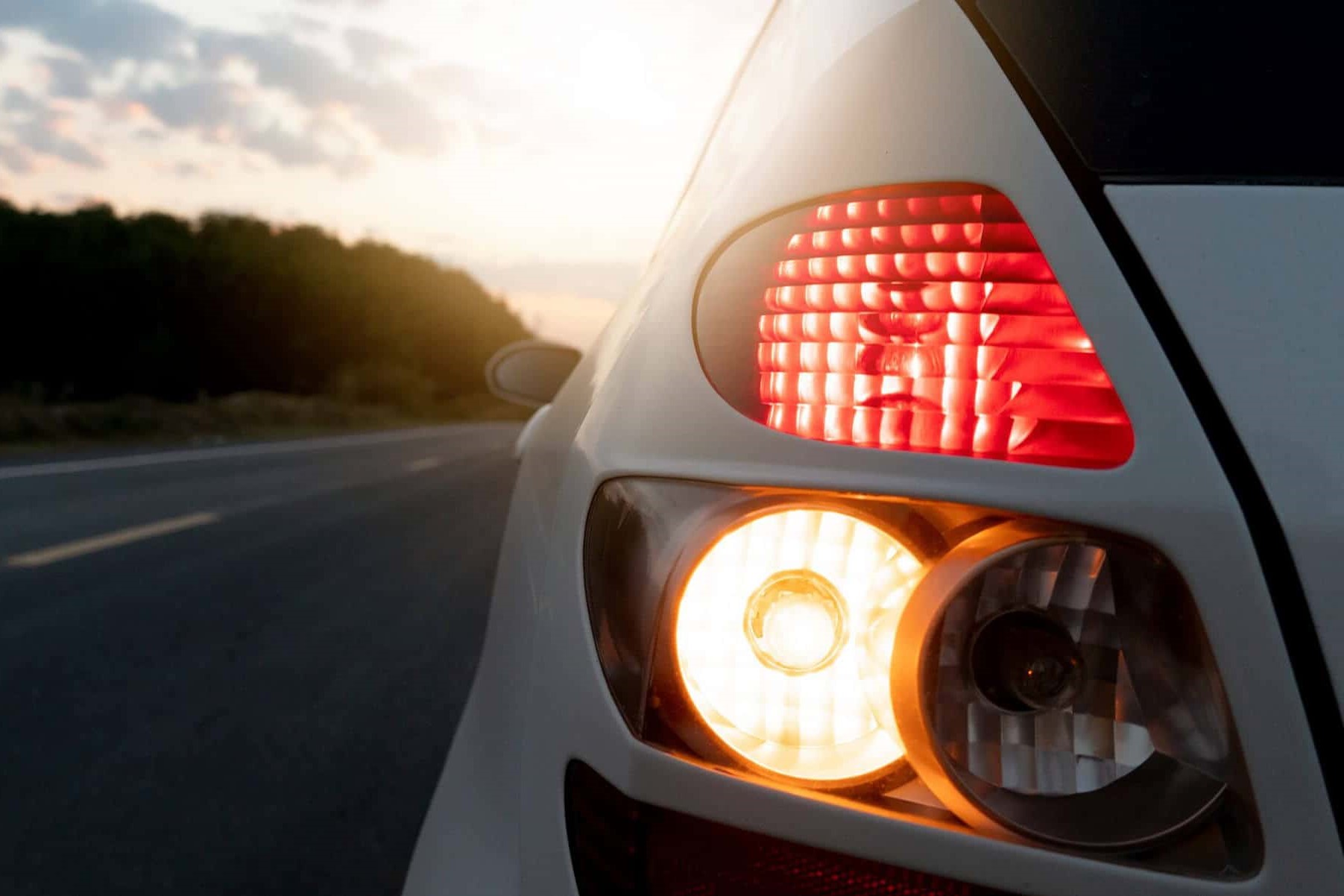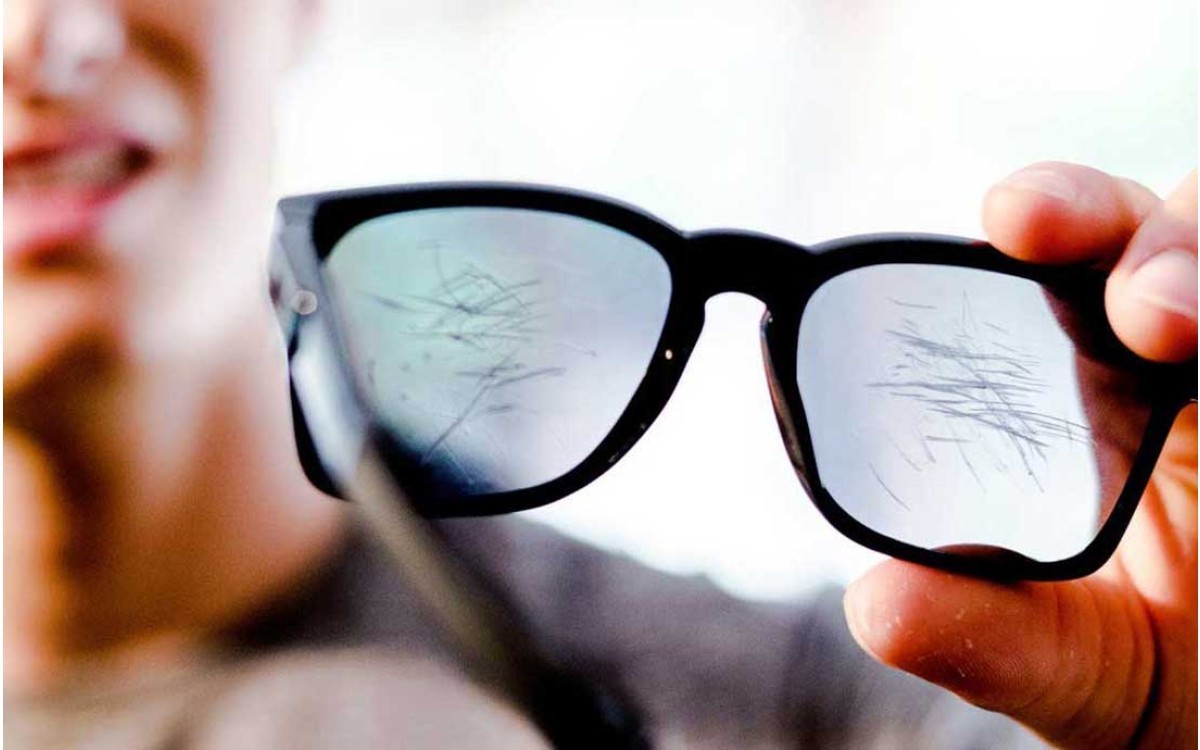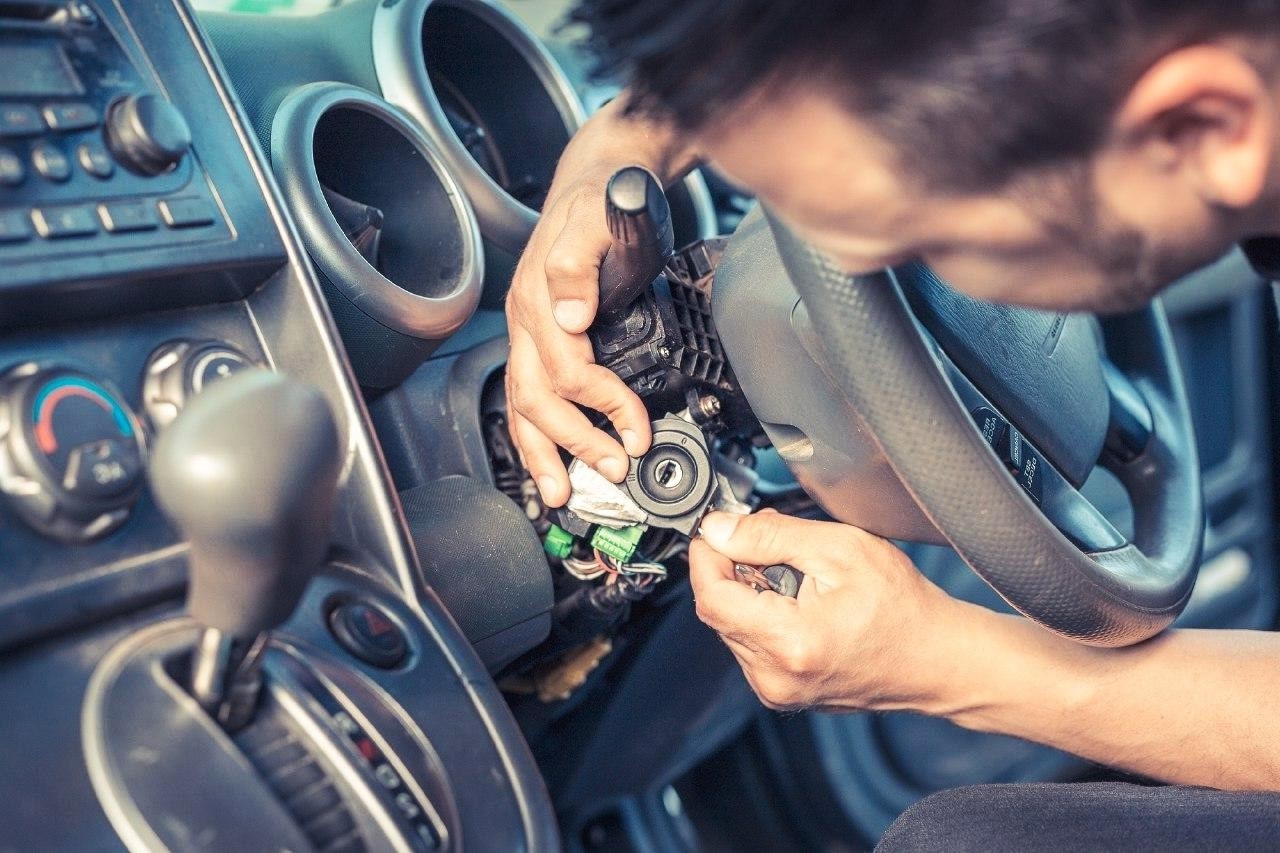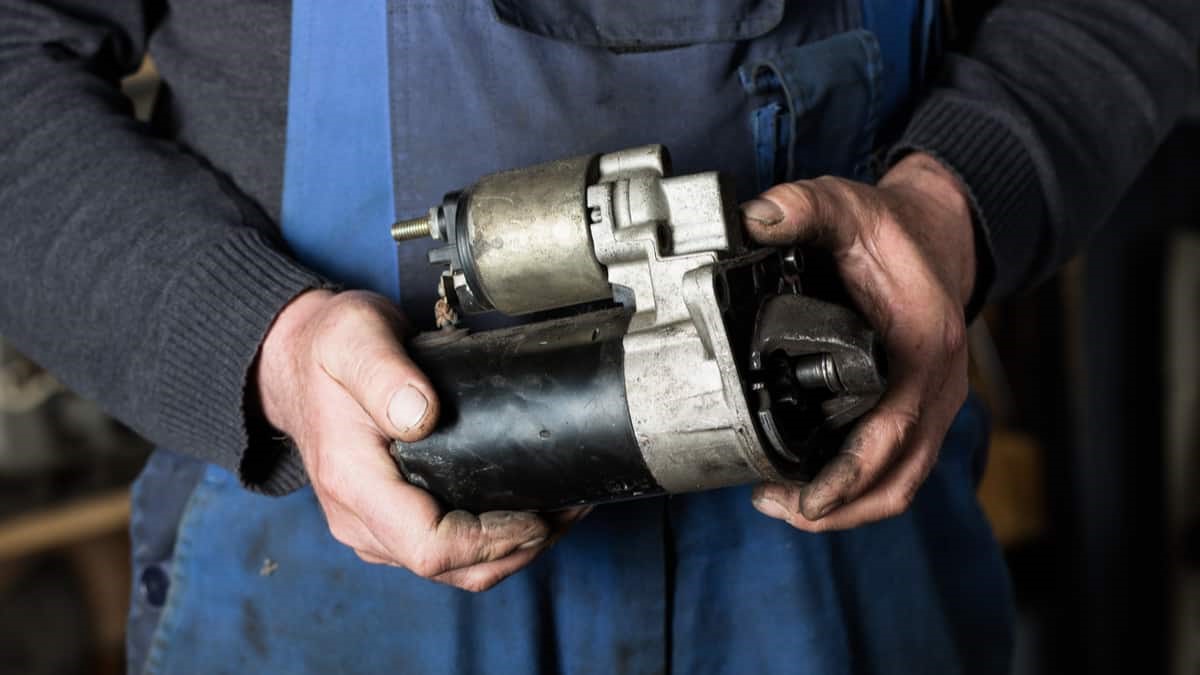Home>Automotive>How To Temporarily Fix A Stuck Brake Caliper: Quick Solutions For Smooth Braking
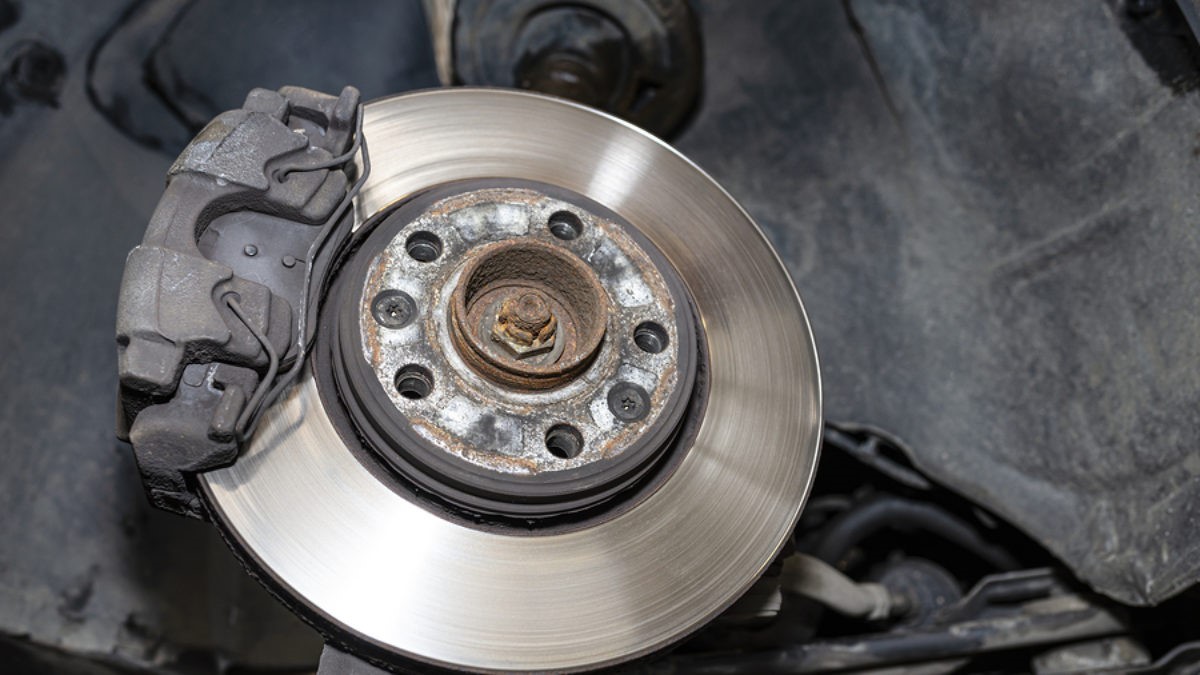

Automotive
How To Temporarily Fix A Stuck Brake Caliper: Quick Solutions For Smooth Braking
Published: February 26, 2024
Learn quick solutions for temporarily fixing a stuck brake caliper in this automotive guide. Get smooth braking with these easy tips.
(Many of the links in this article redirect to a specific reviewed product. Your purchase of these products through affiliate links helps to generate commission for Noodls.com, at no extra cost. Learn more)
Table of Contents
Introduction
A stuck brake caliper can be a frustrating and potentially dangerous issue for any vehicle owner. When a brake caliper becomes stuck, it can lead to uneven braking, excessive heat, and accelerated wear on the affected brake components. This can compromise the safety and performance of your vehicle, making it crucial to address the problem promptly.
In this article, we will explore the common causes of a stuck brake caliper and provide quick and effective solutions for temporarily fixing the issue. By understanding the underlying factors and following the step-by-step guide, you can regain smooth braking performance while ensuring the safety of your vehicle and its occupants.
Whether you're a seasoned automotive enthusiast or a novice DIYer, having the knowledge and skills to address a stuck brake caliper can save you time and money. It's important to note that while temporary fixes can provide immediate relief, a permanent solution, such as caliper replacement or repair, may be necessary for long-term safety and reliability.
Now, let's delve into the details of a stuck brake caliper and explore the quick solutions that can help you get back on the road with confidence.
Read more: Quick And Easy Brake Grinding Fix!
Understanding a Stuck Brake Caliper
A stuck brake caliper is a common issue that can affect the braking performance of a vehicle. The brake caliper plays a crucial role in the braking system, as it houses the brake pads and is responsible for applying pressure to the rotor, ultimately causing the vehicle to slow down or come to a stop. When a brake caliper becomes stuck, it fails to retract properly, leading to uneven braking and potential safety hazards.
There are several factors that can contribute to a stuck brake caliper. One of the primary causes is the accumulation of brake dust, debris, and corrosion within the caliper mechanism. Over time, these contaminants can hinder the smooth movement of the caliper, causing it to seize or stick in a partially engaged position. Additionally, exposure to extreme temperatures and environmental elements can accelerate the deterioration of the caliper components, further exacerbating the issue.
Another common culprit behind a stuck brake caliper is a malfunctioning caliper piston. The piston, which is responsible for pushing the brake pads against the rotor, may become seized or corroded, preventing it from retracting properly after the brakes are released. This can result in constant friction between the brake pads and the rotor, leading to accelerated wear and diminished braking efficiency.
Furthermore, a damaged or deteriorated caliper slide pin can also contribute to caliper sticking. The slide pins play a crucial role in allowing the caliper to move freely and maintain proper alignment with the rotor. When these pins become corroded or contaminated, they can impede the smooth operation of the caliper, causing it to stick and compromise the vehicle's braking performance.
It's important to recognize the symptoms of a stuck brake caliper, which may include uneven braking, excessive heat emanating from the affected wheel, and abnormal wear patterns on the brake pads and rotor. Additionally, a dragging sensation or a noticeable pull to one side while braking can indicate a stuck caliper.
Understanding the underlying causes and symptoms of a stuck brake caliper is essential for effectively addressing the issue. By identifying the root cause and implementing the appropriate solutions, you can restore the proper functionality of the braking system and ensure a safe driving experience.
Quick Solutions for Temporary Fix
When faced with a stuck brake caliper, implementing quick solutions for a temporary fix can provide immediate relief and restore smoother braking performance. While these solutions are intended to address the issue temporarily, they can effectively mitigate the symptoms of a stuck caliper and prevent further damage to the braking system. Here are several quick and practical solutions to consider:
-
Brake Caliper Lubrication: Applying a high-temperature brake caliper lubricant to the caliper mechanism can help alleviate sticking and ensure smoother caliper operation. By carefully accessing the caliper assembly, including the slide pins and contact points, and applying a liberal amount of lubricant, you can enhance the caliper's ability to retract and engage properly. This temporary solution can reduce friction and promote more consistent braking performance.
-
Caliper Piston Reset: In some cases, a stuck caliper may be attributed to a piston that fails to retract fully. By carefully retracting the caliper piston using a specialized tool or a C-clamp, you can reset its position and restore proper clearance between the brake pads and the rotor. This temporary fix can alleviate the symptoms of a stuck caliper and improve braking efficiency until a permanent solution is implemented.
-
Brake Pad Realignment: Uneven wear or misalignment of the brake pads can contribute to caliper sticking. By carefully inspecting the brake pad positioning and ensuring proper alignment with the rotor, you can mitigate the effects of a stuck caliper. Adjusting the brake pads and ensuring they move freely within the caliper assembly can help restore more uniform braking and reduce the impact of a stuck caliper.
-
Thorough Cleaning and Inspection: Removing the caliper assembly and conducting a thorough cleaning and inspection can help identify the underlying causes of caliper sticking. By removing accumulated brake dust, debris, and corrosion from the caliper, slide pins, and contact points, you can improve the caliper's mobility and reduce the likelihood of sticking. Additionally, inspecting the caliper components for signs of damage or wear can provide valuable insights for implementing a more permanent solution.
-
Heat Dissipation Measures: Excessive heat buildup can exacerbate caliper sticking and compromise braking performance. Implementing heat dissipation measures, such as installing heat-resistant shims or shields, can help mitigate the effects of a stuck caliper. By reducing the impact of heat on the caliper and surrounding components, you can alleviate the symptoms of caliper sticking and improve overall braking efficiency.
These quick solutions for a temporary fix are designed to provide immediate relief and restore smoother braking performance in the presence of a stuck brake caliper. While these measures can help mitigate the symptoms of caliper sticking, it's important to consider a permanent solution, such as caliper replacement or repair, to ensure long-term safety and reliability. By addressing the issue promptly and effectively, you can maintain the optimal functionality of your vehicle's braking system and enjoy a safer driving experience.
Step-by-Step Guide to Temporarily Fix a Stuck Brake Caliper
Addressing a stuck brake caliper requires a systematic approach to effectively alleviate the symptoms and restore smoother braking performance. By following a step-by-step guide, you can implement temporary solutions to mitigate the effects of a stuck caliper and ensure the safety and reliability of your vehicle's braking system.
-
Identify the Affected Caliper: Begin by identifying the specific brake caliper that is exhibiting symptoms of sticking. This may involve observing uneven braking, excessive heat emanating from the affected wheel, or abnormal wear patterns on the brake pads and rotor. By pinpointing the affected caliper, you can focus your efforts on addressing the root cause of the issue.
-
Secure the Vehicle: Prior to initiating any work on the brake system, ensure that the vehicle is parked on a level surface and securely supported with appropriate jack stands. Safety should always be a top priority when working on automotive components, especially those related to braking.
-
Remove the Wheel: Carefully remove the wheel associated with the affected brake caliper to gain access to the caliper assembly. This step allows for a clear view of the caliper, brake pads, and rotor, facilitating the inspection and implementation of temporary fixes.
-
Inspect the Caliper Assembly: Thoroughly inspect the caliper assembly, including the slide pins, piston, and contact points, for signs of corrosion, debris accumulation, or irregular wear. Identifying the specific areas contributing to caliper sticking is crucial for implementing targeted temporary solutions.
-
Apply High-Temperature Caliper Lubricant: Using a high-temperature brake caliper lubricant, carefully apply a generous amount to the slide pins, contact points, and any areas exhibiting signs of sticking or friction. The lubricant helps reduce friction, allowing the caliper to move more freely and retract properly.
-
Reset the Caliper Piston: If the caliper piston is found to be the primary cause of sticking, carefully reset its position using a specialized tool or a C-clamp. By retracting the piston, you can restore proper clearance between the brake pads and the rotor, alleviating the symptoms of a stuck caliper.
-
Realign the Brake Pads: Ensure that the brake pads are properly aligned with the rotor and move freely within the caliper assembly. Adjusting the positioning of the brake pads can help mitigate the effects of caliper sticking and promote more uniform braking performance.
-
Reassemble and Test: Once the temporary fixes have been implemented, reassemble the wheel and lower the vehicle to the ground. Test the braking system by applying gradual pressure to the brake pedal, ensuring that the caliper operates smoothly and the symptoms of sticking have been alleviated.
By following this step-by-step guide, you can effectively implement temporary fixes to address a stuck brake caliper and restore smoother braking performance. It's important to recognize that while these solutions provide immediate relief, seeking a permanent resolution, such as caliper replacement or repair, is essential for long-term safety and reliability. Prioritizing the proper maintenance and care of your vehicle's braking system can contribute to a safer and more enjoyable driving experience.
Precautions and Safety Measures
When addressing a stuck brake caliper or performing any maintenance on the braking system, it is paramount to prioritize safety and adhere to essential precautions. Working with automotive components, especially those related to braking, requires careful attention to detail and a commitment to ensuring the well-being of both the vehicle and the individual performing the maintenance. Here are crucial precautions and safety measures to consider when dealing with a stuck brake caliper:
-
Personal Protective Equipment (PPE): Prior to initiating any work on the braking system, it is essential to equip oneself with appropriate personal protective equipment. This may include safety glasses, gloves, and protective clothing to safeguard against potential hazards such as brake dust, debris, and lubricants.
-
Vehicle Stability and Support: Ensure that the vehicle is parked on a level surface and securely supported with jack stands before commencing any work on the brake calipers. Stability and proper support are critical to prevent the vehicle from shifting or becoming unstable during maintenance procedures.
-
Brake System Inspection: Before addressing a stuck brake caliper, conduct a comprehensive inspection of the entire braking system to identify any additional issues or potential concerns. This includes examining the brake pads, rotors, brake lines, and fluid levels to ensure the overall integrity and functionality of the braking components.
-
Caliper Cooling: If the vehicle has been recently driven, allow sufficient time for the brake components, including the calipers, to cool down before initiating any maintenance. Excessive heat from the braking system can pose a risk of burns and should be carefully considered before handling the calipers.
-
Proper Tool Usage: Utilize the appropriate tools and equipment for the task at hand, ensuring that they are in good condition and suitable for working on brake calipers. Specialized tools for caliper piston retraction and lubrication application should be used according to manufacturer recommendations.
-
Brake Fluid Handling: Exercise caution when handling brake fluid, as it is corrosive and can cause damage to painted surfaces and skin irritation. Take care to prevent spillage and ensure proper disposal of used brake fluid in accordance with environmental regulations.
-
System Testing: After implementing temporary fixes for a stuck brake caliper, perform a thorough test of the braking system in a controlled environment. Gradually apply the brakes to verify that the caliper operates smoothly and that the symptoms of sticking have been alleviated.
By adhering to these precautions and safety measures, individuals can approach the task of addressing a stuck brake caliper with a heightened awareness of potential risks and the necessary steps to mitigate them. Prioritizing safety not only contributes to a successful maintenance process but also fosters a secure and responsible approach to working on automotive components.
Conclusion
In conclusion, addressing a stuck brake caliper is a critical aspect of maintaining the safety and performance of a vehicle's braking system. By understanding the common causes and symptoms of a stuck caliper, individuals can effectively implement quick solutions for a temporary fix, providing immediate relief and restoring smoother braking performance. The step-by-step guide outlined in this article offers a systematic approach to addressing a stuck brake caliper, emphasizing the importance of targeted temporary fixes and safety precautions.
It's important to recognize that while temporary solutions can alleviate the symptoms of a stuck caliper, seeking a permanent resolution, such as caliper replacement or repair, is essential for long-term safety and reliability. The insights provided in this article empower vehicle owners to take proactive measures in addressing a stuck brake caliper, ultimately contributing to a safer and more enjoyable driving experience.
Furthermore, the emphasis on precautions and safety measures underscores the significance of prioritizing personal well-being and vehicle stability when working on automotive components. By adhering to essential safety protocols and utilizing the appropriate tools and equipment, individuals can approach the task of addressing a stuck brake caliper with confidence and responsibility.
Ultimately, the knowledge and skills gained from understanding and addressing a stuck brake caliper can empower vehicle owners to take a proactive stance in maintaining the integrity and functionality of their vehicles' braking systems. Whether it's applying high-temperature caliper lubricant, resetting the caliper piston, or realigning the brake pads, the temporary fixes outlined in this article offer practical and effective solutions for mitigating the effects of a stuck caliper.
In the pursuit of long-term safety and reliability, it's recommended to consult with a qualified automotive professional for a comprehensive assessment and permanent resolution of a stuck brake caliper. By combining proactive maintenance practices with a commitment to safety, vehicle owners can ensure the optimal functionality of their braking systems, contributing to a secure and confident driving experience.
